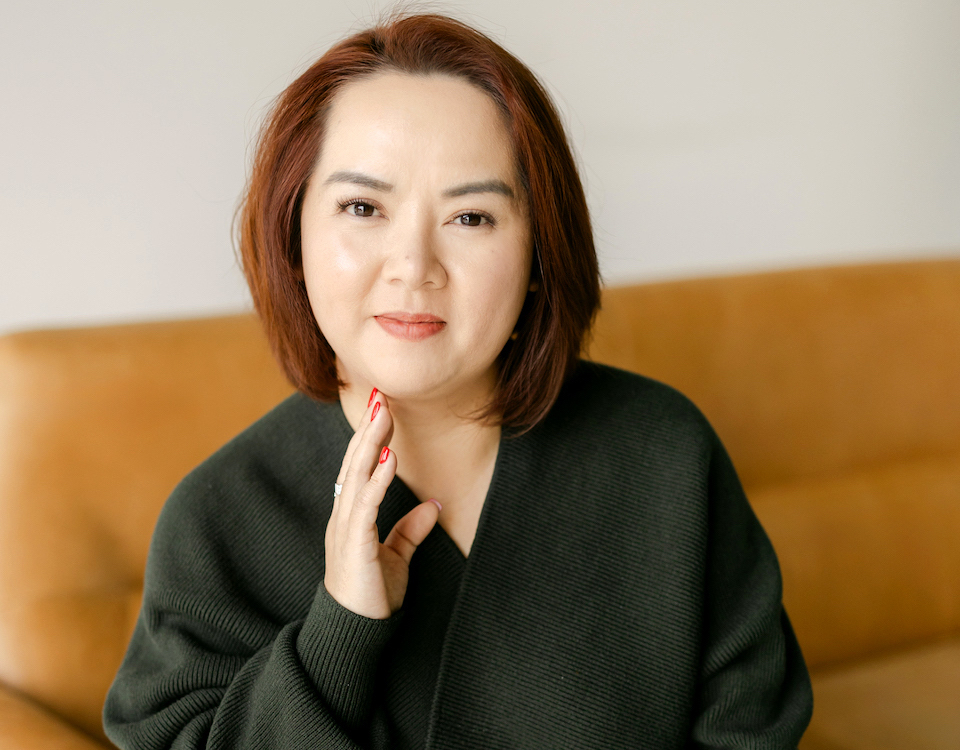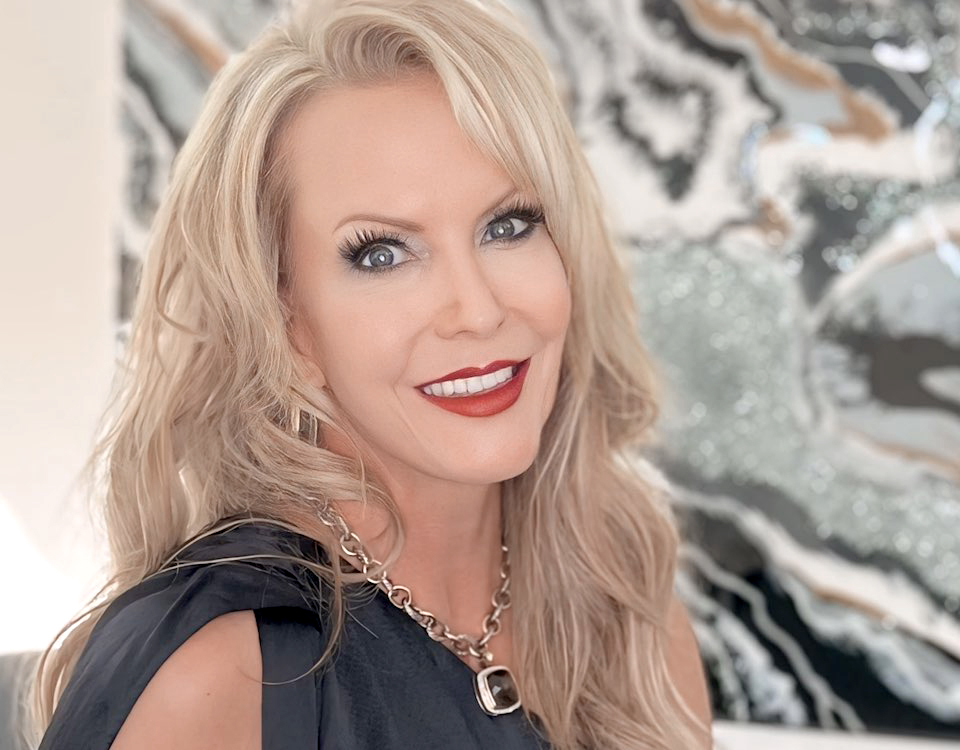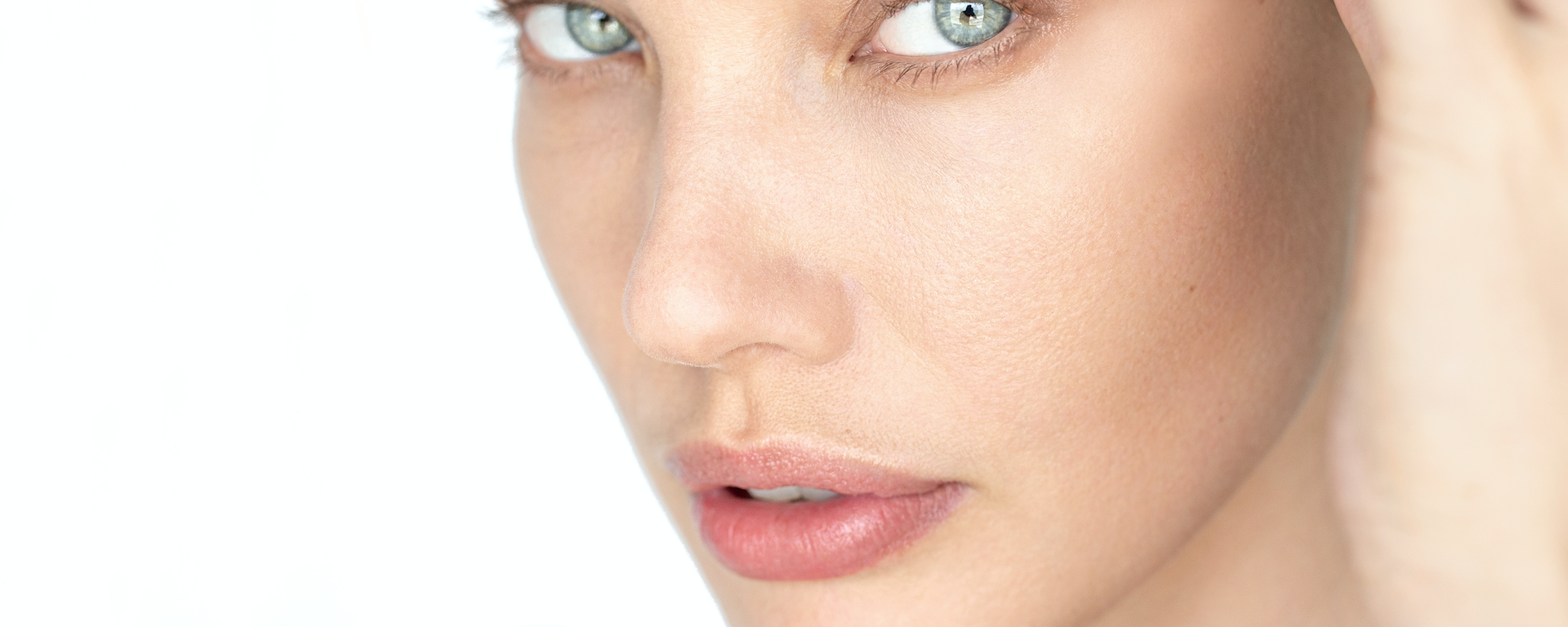
SKINOVATION

BY LAWRENCE S. BASS, MD, FACS
Dr. Bass shares his expertise to achieve a more youthful
appearance at any age, No Surgery required

EVERYTHING HAS BEAUTY, BUT NOT
EVERYONE SEES IT


VOLUME REPLACEMENT
We lose volume in the face as we age. At first, this is a good thing – we lose the baby face of our mid-twenties and start to look more sculpted. But by our late 30’s this becomes too much of a good thing and we need some volume restoration with fillers. There are a range of fillers available now for facial shaping (cheeks, jawlines) (Radiesse, Juvederm Voluma), as well as lighter, more superficial fillers for finer features like lips and eyelids (Vobella, Restylane Refyn, Belotero) along with the mainstay fillers Restylane and Juvederm. Prices vary a lot but are generally in the $500 to $1500 range per syringe (1 cc), depending on the type of filler and who is injecting. Results with filler injection are very dependent on the skill of the injector, so experience, excellent aesthetic judgement and technical skill matter. These treatments are done in the exam room in 15 minutes, usually with a little numbing gel to blunt the sensation of the needle pricks. People return to work or normal activities right after treatment. Results are seen immediately but look smoother in a few days after any early swelling goes down and the filler blends a little into surrounding tissues. There is almost universal utility for these treatments in all age groups starting in the late 20’s–but for different areas in each group; 20’s and 30’s lips, eyelids; 30’s and 40’s the same things and nasolabial folds and marionette lines; and in 40’s and 50’s add cheeks, jawline, pre-jowl sulcus (the depression in front of the early jowl). All of these areas can be restored in older patients, even those who have had a facelift, bringing them back towards the shape they had as a young adult in the early 30’s. The amounts needed may increase with aging but there is still a lot of benefit to doing it. There is also some stimulation to restore collagen so repeated treatments leave you better off even though the filler absorbs over a few months to a year or more, depending on which one. A cautionary note –fillers are good if used to replace volume that you lost. Over-filling distorts the appearance and is not a good strategy to take up significant skin laxity in order to avoid a facelift. For people with mild laxity, restoration of lost facial volume can do a good job of taking up the slack while leaving you looking like yourself but large volumes to try to tailor out loose skin is an aesthetic nightmare. Another important note is that loose skin in the neck is not helped with fillers at all. There are so many uses for fillers and more and better fillers are on the way so a visit with your plastic surgeon or dermatologist to see where they might help up your face’s “youth quotient” is a great idea.
SKIN REPAIR
Once we hit our 30’s, skin is already slowing down and aging. A lot of this is from sun exposure so excellent sunscreen is a must to forestall those wrinkles (and reduce skin cancer risk). Home skin products with a rejuvenating ingredient in therapeutic amounts is as simple as putting on a moisturizer before bed (with the right rejuvenating ingredient). Still, everyone reaches a point where skin is looking older, rougher, more uneven. This is when in office treatments come into play. There are so many chemical and laser peeling options along with the no recovery lasers that have evolved from the laser peels. Fractional non-ablative treatments like Fraxel and PicoSure MicroFocused Array treatments work on pigment, texture, redness and generally ramp the metabolism of the skin while encouraging neocollagenesis –the formation of new collagen and neovascularization–development of new blood supply. Typically done as a series of 3-4 monthly treatments at a cost of $750-1250, depending on the size of the area treated. There is some redness after the treatment but the skin is never raw. Fraxel tends to be more hot and prickly with more redness afterwards but works faster –better for older patients with more sun damage. Pico tends to be a great choice for younger patients or people who can’t even afford walking around looking red for a day or two. The treatments take 15-45 minutes and are usually preceded by 15-30 minutes sitting with numbing gel to prepare. For people with fixed wrinkles that are mild and who can afford a weekend of skin washing and protective ointment, fractional ablative peels like Sciton Halo are a great option to clean up the skin’s appearance in one to two treatments depending on the degree of aging changes. Deep fixed wrinkles are still recovery based laser and chemical peels.
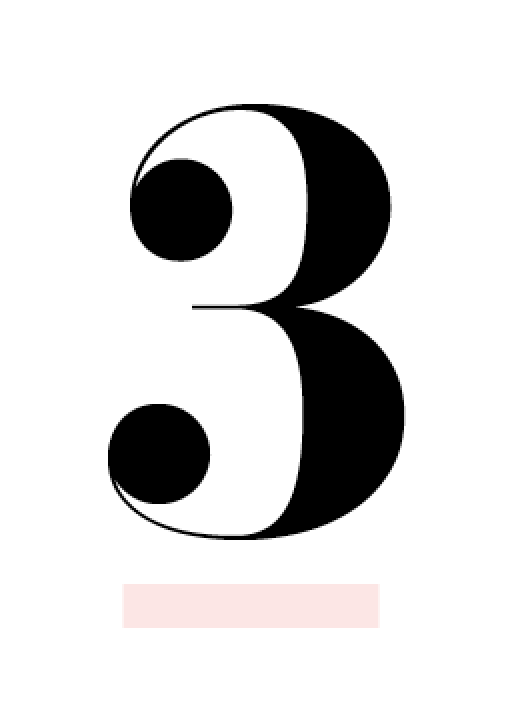
LOOSE SKIN
Our cheeks descending, jowl forming, softening of the sharpness of the jawline and hanging skin in the neck. The leading treatment non-invasive treatment for this is Ultherapy –dots of sound energy are placed at multiple depths under the skin. As the skin heals from this treatment, collagen is added–like thousands of tiny guy lines pulling the skin tighter and lifting it. The treatment has a specific FDA clearance for lifting the skin along the jawline, face and neck. While the treatment is rather hot and prickly during the 45 minutes it takes to do (we often give some oral pain reliever and relaxing medications or have the patient breath a nitrous oxide/oxygen mixture to take the edge off), you look normal after the procedure and don’t feel any pain. You can resume normal activities immediately. It takes several months to see the results–up to 6 months. The typical cost is around $3500. This is not a substitute for a facelift; the amount of improvement is modest so this is perfect for people in the 40’s or early 50’s who have mild laxity and want to clean things up and put off a facelift. It is also great as a preventative and maintainer for younger patients (in their 30’s) who want to take an aggressive approach to looking young. There are minimally invasive alternatives like Thermi and Facetite which involve small procedures and recovery time. These may offer the prospect of a bigger result (still not a replacement for the facelift) but less data is available and they don’t have specific FDA clearances for skin lifting.
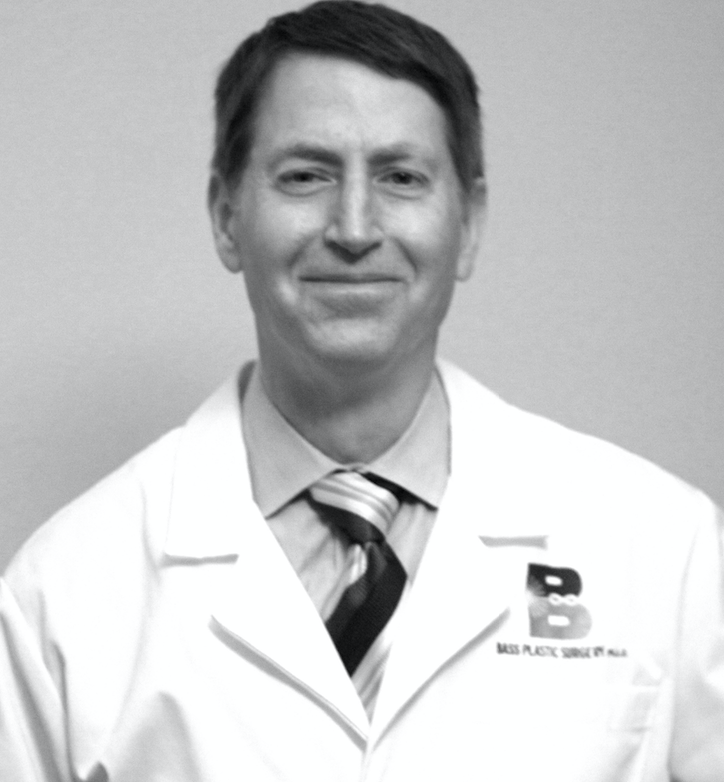
Dr. Lawrence Bass, FACS, is certified by the American Board of Plastic Surgery and is the founder of Bass Plastic Surgery, PLLC in Manhattan
and Great Neck, NY where he specializes in providing surgical and nonsurgical facial rejuvenation and body contouring.


